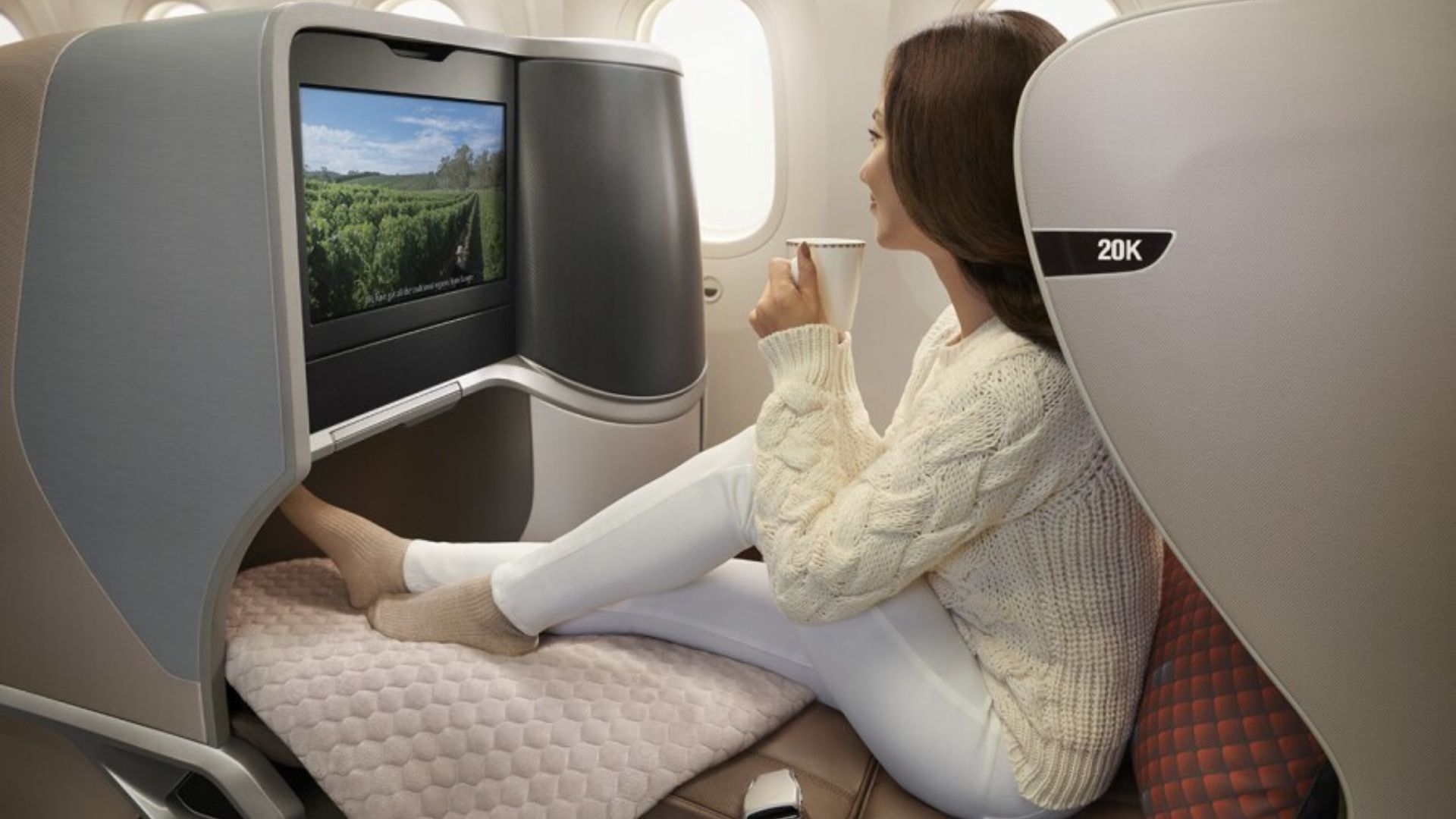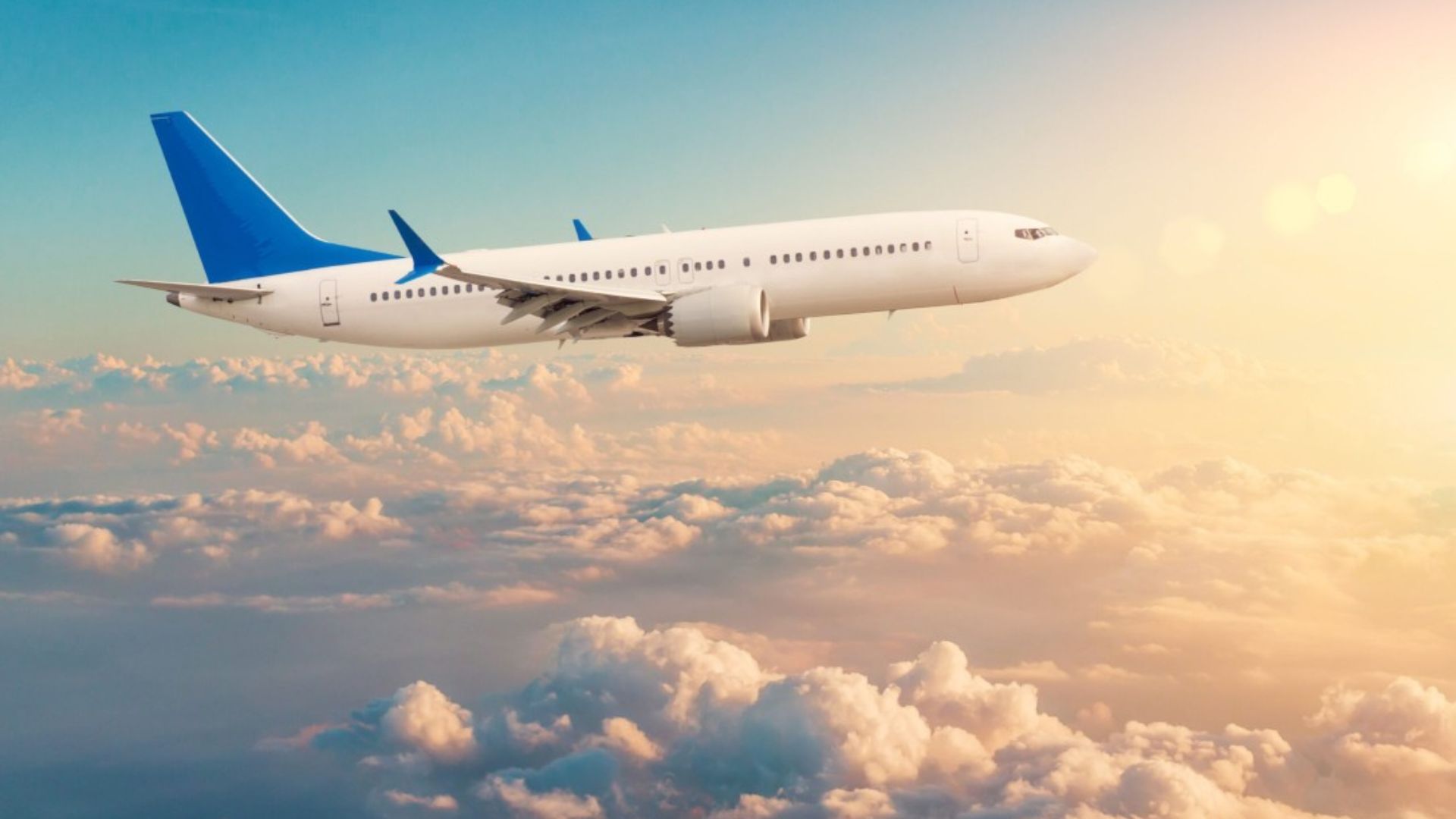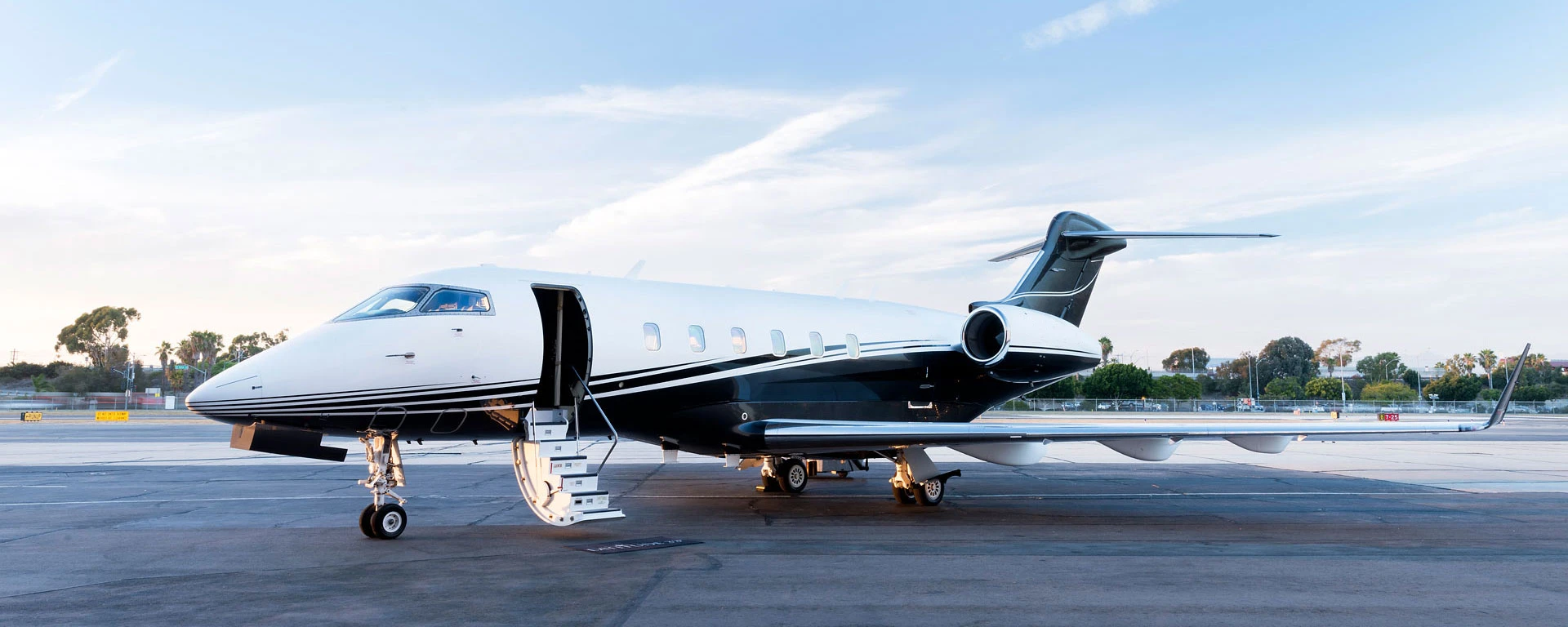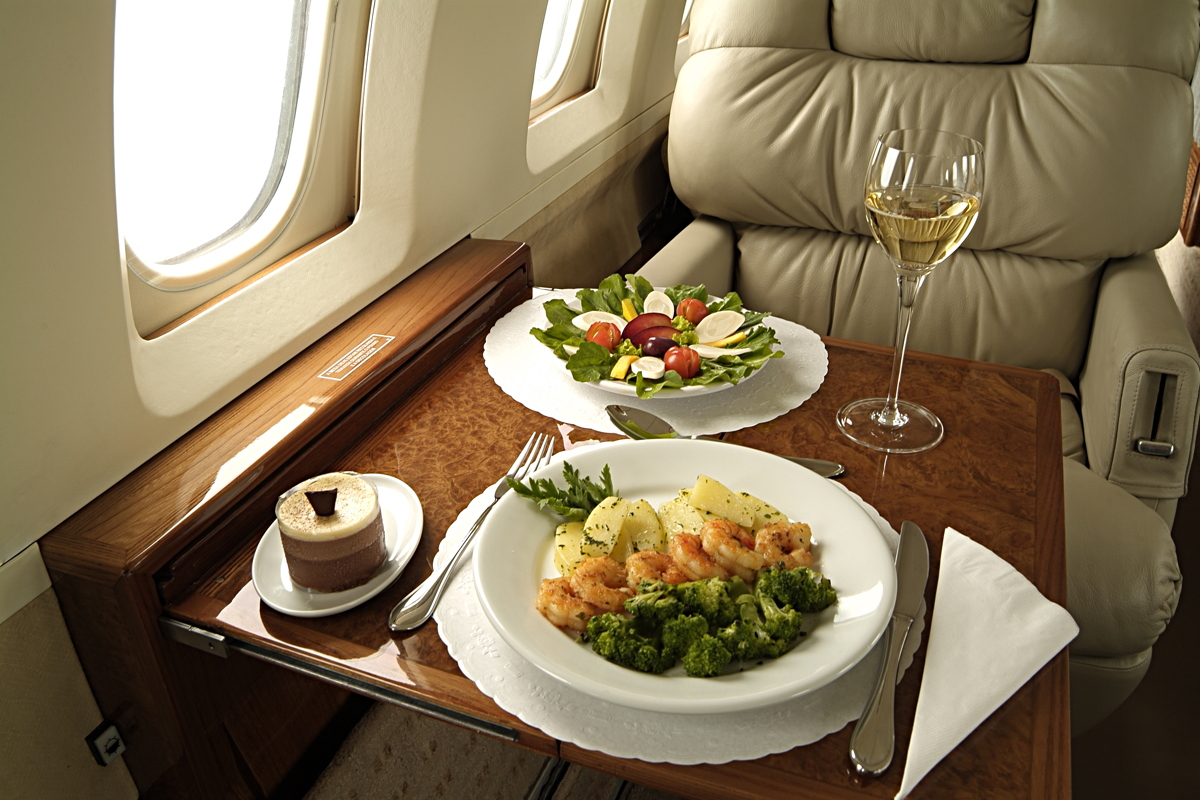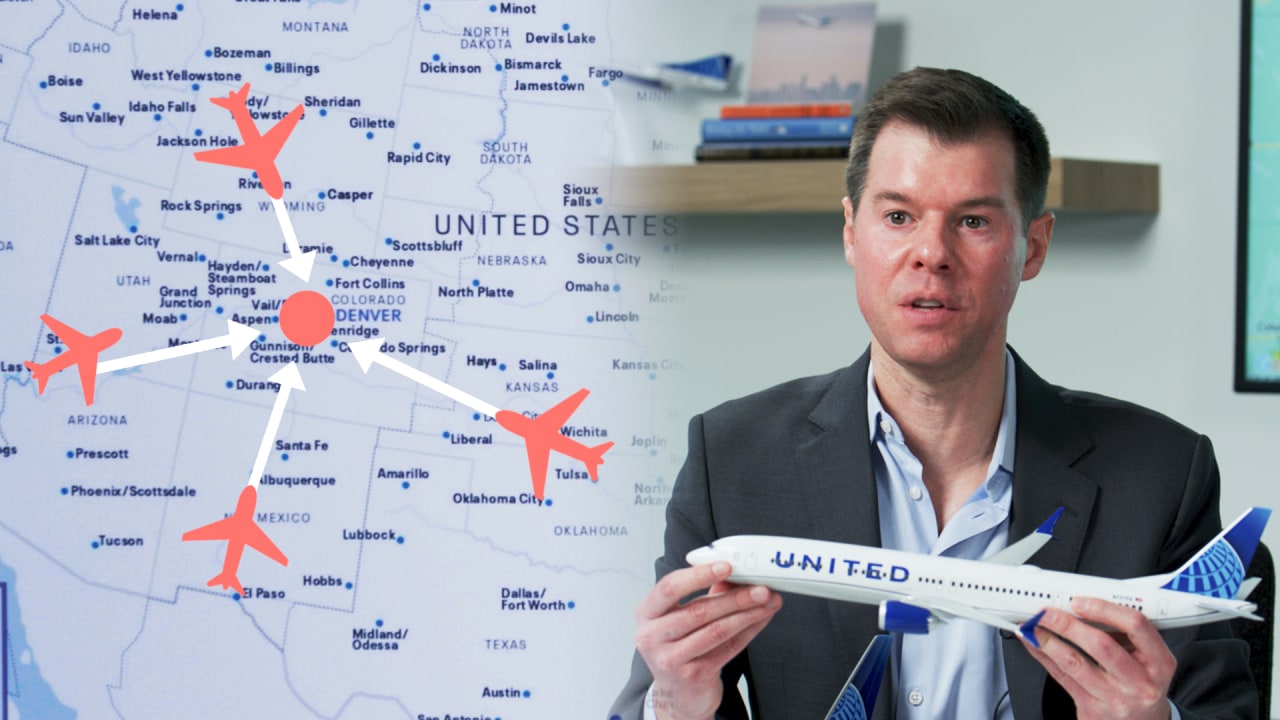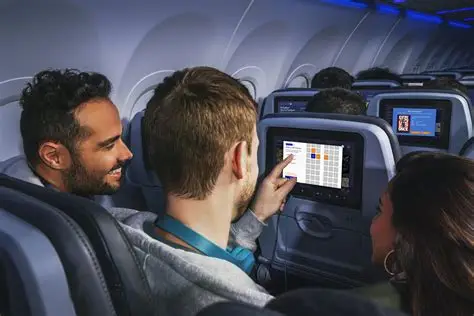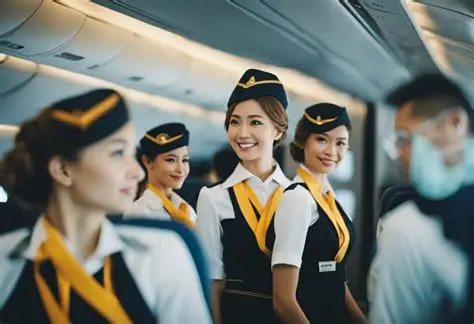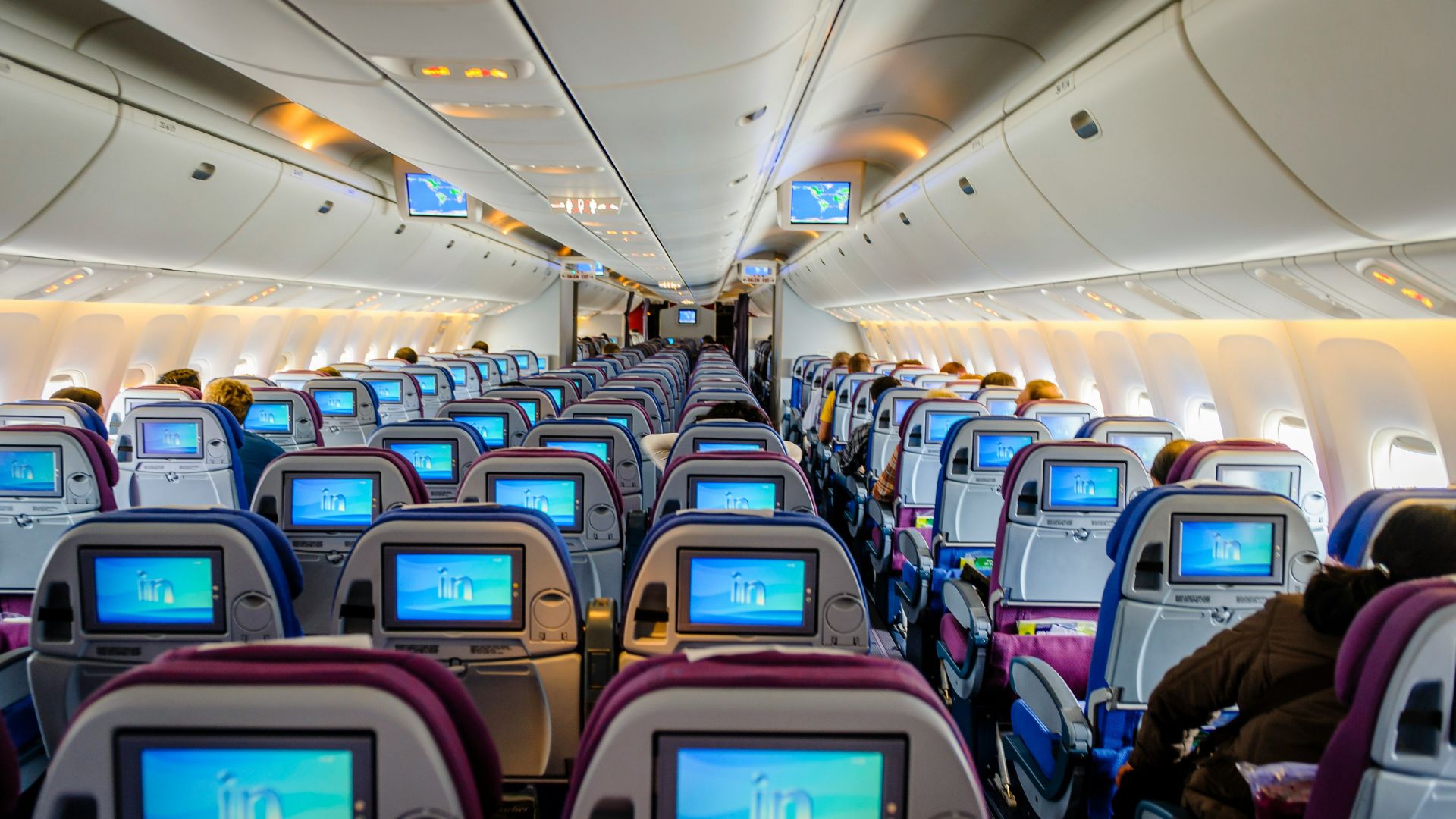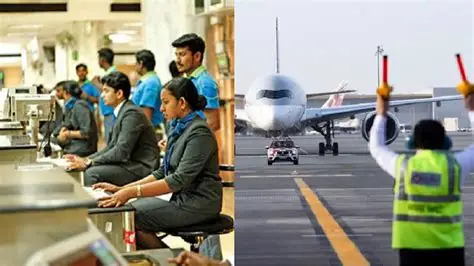Flying at 35,000 feet can be a thrilling experience, but it can also be physically demanding and uncomfortable without the right amenities and care. Airlines continuously invest in ways to make air travel more pleasant, aiming to minimize discomfort and maximize passenger well-being. From ergonomic seat design to attentive in-flight services, here’s how airlines ensure passenger comfort miles above the ground.
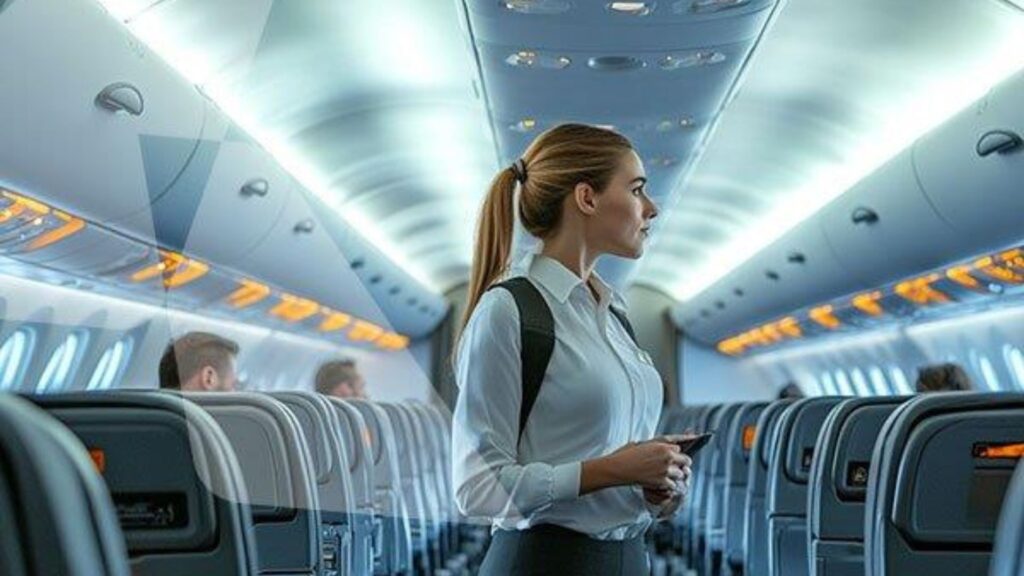
Ergonomic Cabin Design and Seating
One of the most significant factors affecting comfort is the airplane’s interior design, especially seating. Airlines focus on:
-
Ergonomic seats: Modern aircraft feature seats with improved lumbar support, adjustable headrests, and better cushioning to reduce fatigue.
-
Legroom and space: While economy class space remains limited, many airlines are increasing seat pitch or offering premium economy options with extra legroom.
-
Cabin layout: Wider aisles and smarter seat arrangements improve passenger movement and reduce congestion during boarding and deplaning.
Innovations such as mood lighting and noise reduction materials also enhance the overall cabin ambiance, helping passengers relax.
Quality In-Flight Services and Amenities
Comfort extends beyond the physical environment. Airlines provide a range of services to meet passenger needs:
-
Food and beverages: Many airlines offer diverse menus catering to dietary preferences, including vegetarian, vegan, gluten-free, and cultural options.
-
Entertainment systems: Personal screens with movies, music, games, and connectivity keep passengers engaged during long flights.
-
Amenity kits: On long-haul flights, premium cabins often include kits with eye masks, earplugs, skincare products, and blankets to improve rest.
Flight attendants play a crucial role, attentively responding to passenger requests and ensuring a pleasant experience.
Maintaining Cabin Environment and Air Quality
The aircraft’s environment significantly impacts passenger comfort. Airlines manage:
-
Cabin pressure: Modern planes maintain cabin pressure equivalent to 6,000–8,000 feet above sea level, reducing the effects of altitude sickness and fatigue.
-
Humidity control: Aircraft cabins have low humidity, which can dry out skin and mucous membranes. Airlines counter this with hydration advice and offer water frequently during flights.
-
Air filtration: HEPA filters continuously clean the cabin air, removing bacteria and viruses to promote passenger health.
Temperature control is also carefully managed to accommodate varying passenger preferences, often with blankets or adjustable vents available.
Attentive Cabin Crew Service
The cabin crew are essential to passenger comfort. They:
-
Assist with seating and special requests, including helping passengers with disabilities or children
-
Provide timely meal and beverage service, adjusting for individual needs
-
Monitor passenger well-being, offering support during turbulence, medical emergencies, or discomfort
Their friendly, professional demeanor helps passengers feel cared for and relaxed throughout the flight.
Innovative Comfort Enhancements
Airlines increasingly adopt new technologies and designs to improve comfort:
-
Noise-cancelling headsets and quiet zones help reduce cabin noise
-
Adjustable lighting mimics natural day and night cycles to ease jet lag
-
Smart seats with massage functions or adjustable firmness appear in some premium cabins
-
Wi-Fi and charging ports keep passengers connected and powered
These innovations make flying more enjoyable and less taxing, especially on long-haul routes.
Conclusion
Airlines invest heavily in multiple areas—from cabin design and air quality to service and technology—to ensure passengers remain comfortable at 35,000 feet. While flying can never fully replicate the comfort of home, these efforts significantly enhance the travel experience, helping passengers arrive rested and satisfied.
Next time you fly, take a moment to appreciate the many behind-the-scenes efforts working together to make your journey comfortable and enjoyable.

